Health at the Crossroads: Population Health Science to the Rescue
J. Michael McGinnisAt our 2019 Conference in Seattle, Dr. Michael McGinnis was presented with the inaugural J. Michael McGinnis Excellence in Leadership Award. In accepting this award he shared his thoughts on the value of IAPHS and its members to population health. As we begin to gear up for our 2020 conference (abstracts are due March 9), we asked Dr. McGinnis to share these thoughts on our blog.
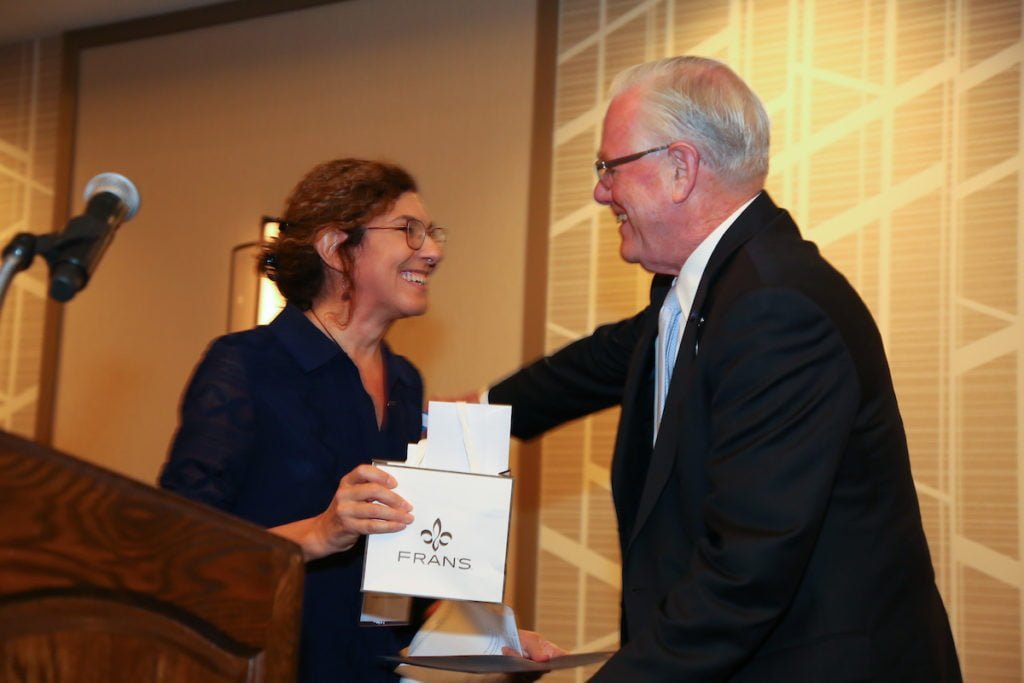 While decidedly a bit embarrassing, the recognition you so graciously confer is nonetheless touching and deeply appreciated. To me, IAPHS and its members represent in focus, word, and deed, the knowledge and action leadership most critical to health progress. So I would like to begin with thanks to the IAPHS Board and Leadership, past and present, and to each of you here today and throughout the membership.
While decidedly a bit embarrassing, the recognition you so graciously confer is nonetheless touching and deeply appreciated. To me, IAPHS and its members represent in focus, word, and deed, the knowledge and action leadership most critical to health progress. So I would like to begin with thanks to the IAPHS Board and Leadership, past and present, and to each of you here today and throughout the membership.
The reasons I am so deeply appreciative are short, simple, and can be briefly stated. They describe characteristics that are common to IAPHS and its members but are unique throughout a health field which, while broad, is populated with endeavors that tend to be narrow in focus. We in population health are unique for 1) What we do, 2) Who we are, and 3) How we work.
A brief word on each…
First…
- What we do: Bringing the best in each of the sciences to solving society’s most complex problems.
We have known intuitively for centuries that health is the product of the interplay among biology and environmental and social circumstances. Nearly 2500 years ago, Hippocrates spoke of the centrality of foods, and the importance of “airs, waters, and places” to human health. But a few decades ago, a couple of systemic distractions occurred, both with deep financial roots. Especially in the United States, we positioned medical care as an industrial-level distortion factor, sitting at center stage as a dominant focus—a veritable smokestack of productivity, churning out knowledge, action, and individual rescues at an unprecedented level, while also drawing resources and attention to a disproportionate extent.
Health science funding was similarly aligned, fueling deeply embedded disciplinary roots that still persist in narrowing foci and resisting attention to the interplay and critical dynamics engaged in virtually every element of health, disease, and injury. Throughout science, a realization has developed of the inherent limitations of those disciplinary silos, and population health science has led the way to that realization, thanks in part to the Association.
Second…
- Who we are: People whose inherent passion is using the power of knowledge to improve the human condition.
Because of the limiting silos, it has taken society longer than necessary to build and populate the knowledge base to its current, and constantly growing level about how and what it is in our genetics, social circumstances, environments, behaviors, and medical care that makes us healthier, or not. It is certainly what those in this room are spending careers trying to better understand, but, more than that, working to position knowledge in an actionable fashion. Even with the limitations in our knowledge there is no question that we know more than we are using. Each of us in this room is fundamentally motivated by trying to make it easier for the right thing to happen by virtue of the knowledge we generate and how it is used to improve people’s lives.
That raises the third point—the ways we in population health science work.
Third…
- How population health science facilitates progress: Bridging disciplines, sectors, and minds in networked creativity essential to progress.
The very definition of our field is linking, partnering, collaborating, inspiring. The alliance process itself, among disciplines and among sectors that are the stakeholders and clients in the work, can build the understanding, receptivity, and investment that is necessary to action. For neuroscientists, by example, it is in effect priming and expanding the receptor sites needed to accelerate action.
Of course, taking advantage of that potential structural advantage obligates population health science, and every population health scientist, to an active communication and outreach agenda that mirrors the creativity and energy of the scientific agenda.
This is why I am so proud to be part of this community, and why I am so grateful to be aligned and partnered with each person in this room, and the thousands of others elsewhere for whom you serve as energy sources fueling progress in the human condition.
Thank you for all you do, and for the pride of association with our common cause.


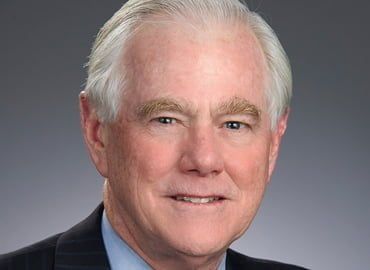
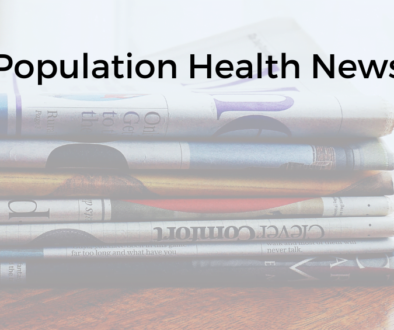
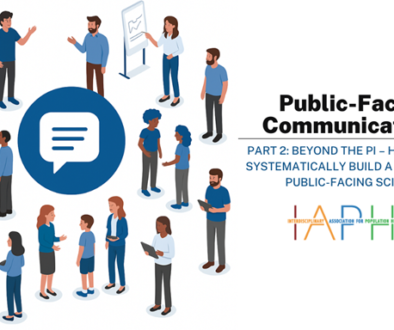
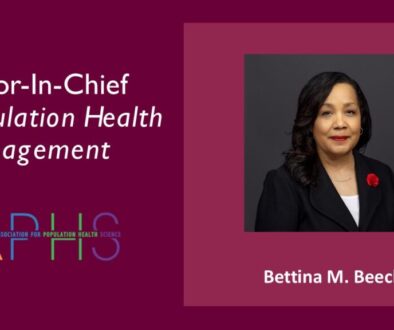
All comments will be reviewed and posted if substantive and of general interest to IAPHS readers.